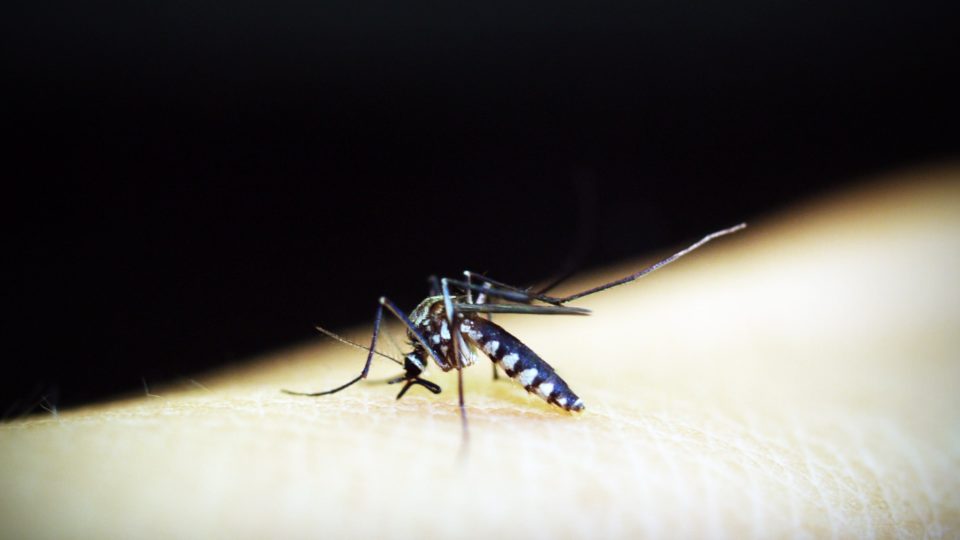More than 27,000 cases of dengue fever have been recorded in Myanmar this year, including 170 fatal cases, according to the DHF and Elephantiasis Control Project under the Naypyidaw Public Health Department.
Between Jan. 1 and Oct. 21, there have been 6,616 dengue cases in Yangon Region; 2,984 in Ayeyawady Region; 2,489 in Rakhine State; 2,273 in Kachin State; 2,102 in Mandalay Region; 1,826 in Mon State; 1,769 in Kayin State; 1,615 in Bago Region; 1,323 in Shan State; 1,102 in Sagaing Region; 1,036 in Kayah State; 880 in Magway Region; 817 in Taninthayi Region; and 581 in Naypyidaw.
These cases resulted in 46 deaths in Yangon; 33 in Ayeyawady; 26 in Rakhine; 18 in Bago; 16 in Magway; 15 in Kachin; five in Sagaing; four in Naypyidaw; two in Kayah; and one each in Kayin, Taninthayi, and Mon.
These numbers represent a sharp spike since the first quarter of the year, by which time the Public Health Department had recorded just under two dengue cases nationwide, nine of which were fatal. Even then, the department expressed concern that dengue would reach epidemic levels in the country.
Myanmar’s total number of dengue cases reported in 2016 was 9,149 cases, including 55 that were fatal.
Dengue was first reported in Myanmar in 1965. The country faces dengue epidemics every two to three years, most recently in 2007, 2011, 2013, and 2015.
Myanmar’s deadliest dengue outbreak was in 1994, when an epidemic claimed 444 lives.
The most effective way to avoid dengue infection is to avoid mosquito bites. This can be done by staying in air-conditioned or well-screened housing, wearing protective clothing, using mosquito repellent, and by reducing mosquito habitats.
Mosquitoes that carry dengue typically live near homes and breed in stagnant water.




